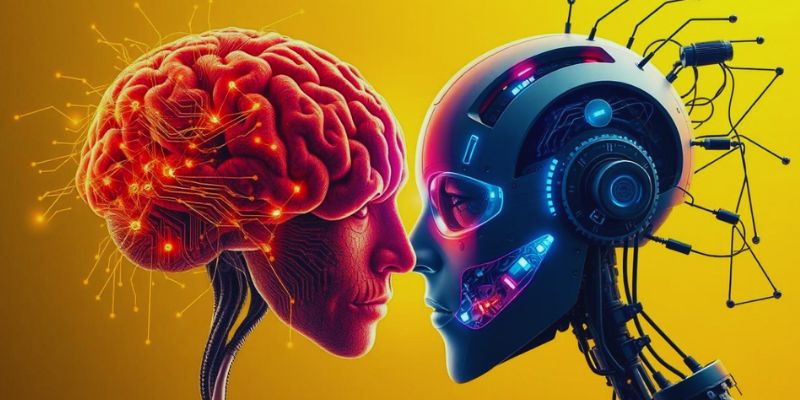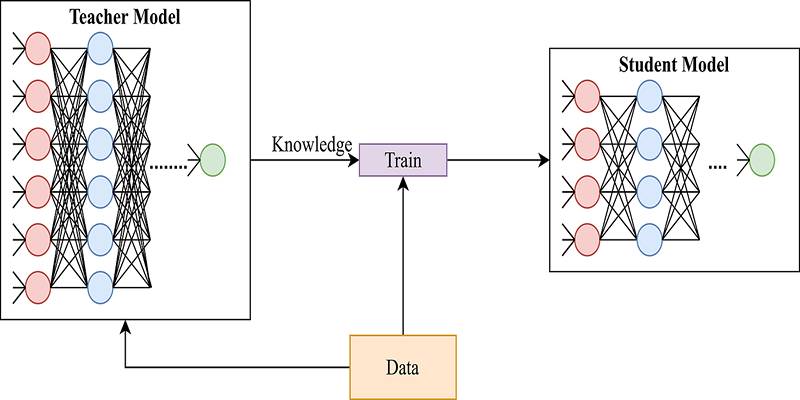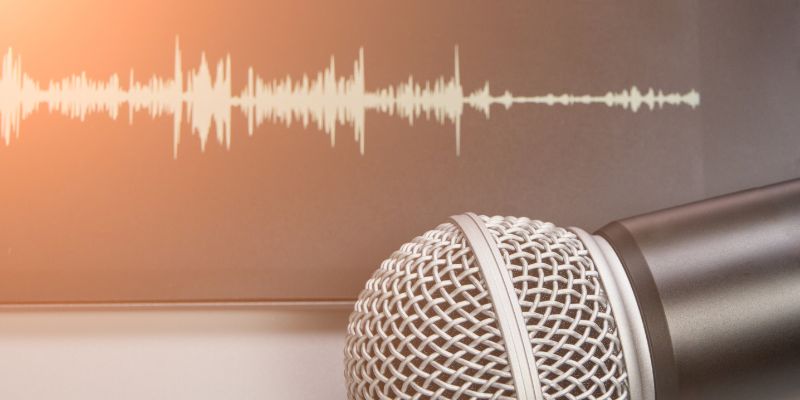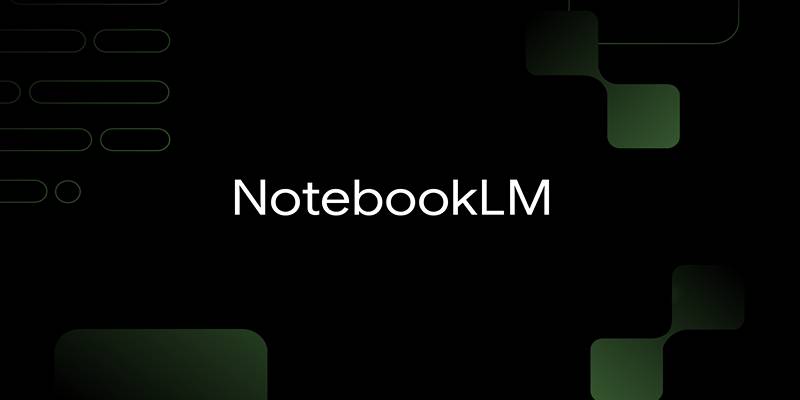Artificial intelligence has found its way into nearly every industry, and plagiarism detection is no exception. As digital content continues to explode, ensuring originality has become a major challenge for educators, publishers, and businesses. AI-powered plagiarism detection tools promise to solve this problem, scanning vast amounts of text to identify potential cases of duplication or unoriginal work.
While these tools have become indispensable to many, they are not controversy-free. Issues of accuracy, equity, and the moral effects of automated content analysis have generated intense controversy. The advent of AI in plagiarism detection has altered our response to originality, but has it improved the process or introduced new issues?
How AI-Powered Plagiarism Detection Works?
Plagiarism checking has moved much beyond straight word-to-word matching. Present-day AI-based software uses the capabilities of natural language processing (NLP) and machine learning to analyze deeper into the content, even beyond general phrase similarities. These tools compare documents against huge databases ranging from scholarly articles to websites and past work. AI not only flags identical phrases but can detect paraphrased content, note latent patterns, and even recognize writing style inconsistency.
What gives AI plagiarism detectors special strength is that they can learn and become stronger with time using deep learning models. Some software even goes so far as to tell if a given author may have written an article based on writing patterns. Although this makes them more accurate, it is not infallible—actual work can still be falsely flagged if it happens to have similar phrases, giving rise to arguments about what constitutes genuine originality.
AI's capacity to search across many languages revolutionizes plagiarism detection by eliminating a key shortcoming of conventional tools. It enables content in different languages to be compared, strengthening global plagiarism detection. While this advancement supports academic integrity worldwide, it also means students and writers can no longer escape detection by simply translating content. The technology ensures a more thorough, cross-border evaluation of originality.
The Tools Leading the Way
Several AI-powered plagiarism detection tools have gained widespread use in education, journalism, and content creation. Platforms like Turnitin, Copyscape, Grammarly, and Quetext have become staples for ensuring originality. Turnitin, commonly used in schools and universities, not only scans for plagiarism but also provides detailed reports to help students improve their writing. Copyscape, on the other hand, is widely used by businesses and website owners to protect online content from duplication.
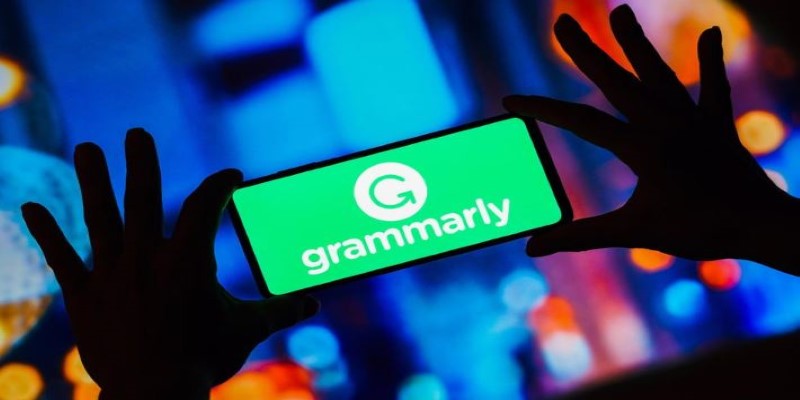
More recently, AI writing assistants such as ChatGPT and Claude have been integrated with plagiarism detection features, making it easier for users to check content on the go. Some platforms also offer AI-generated originality reports, which assign a score indicating how much of the text appears to be unique. While these tools provide valuable insights, they are not always perfect. False positives and negatives still occur, often due to evolving AI models and the complexity of language itself.
One key advancement in these tools is their ability to detect AI-generated content. As artificial intelligence becomes more capable of producing human-like writing, plagiarism checkers have had to adapt. Some tools now assess whether a passage was likely written by an AI, adding another layer of scrutiny for students and content creators. This has led to debates about whether AI-written text should be considered plagiarism, especially if it is original but machine-generated.
Controversies and Ethical Concerns
While AI-powered plagiarism detection offers many benefits, it has also sparked significant controversy. One major issue is the accuracy of these tools. False accusations of plagiarism can have serious consequences, particularly in academic and professional settings. Some students and writers have faced penalties for supposedly unoriginal work, even when they did not intentionally copy anything. The over-reliance on AI-generated reports can sometimes lead to unfair decisions, with little room for human judgment.
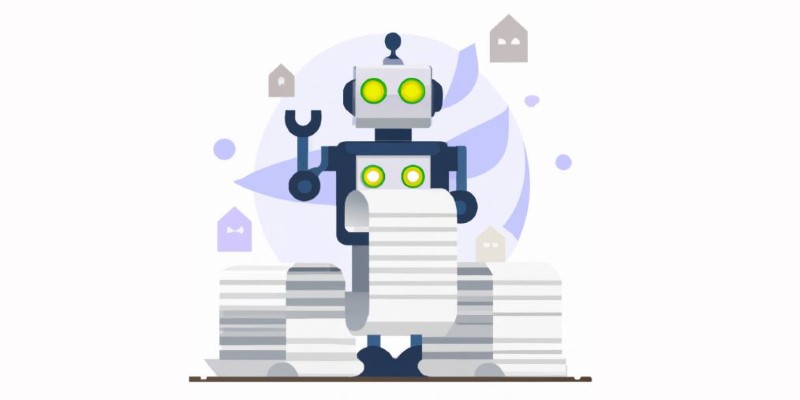
Another major concern is privacy. Many plagiarism detection services store submitted work in their databases, creating potential risks for data security. This has raised ethical questions about whether students and writers should be required to submit their work to third-party platforms that retain copies of their content indefinitely. Some argue that these services profit from users’ intellectual property without proper consent, making it an exploitative practice.
The rise of AI-generated content has also complicated the conversation around originality. If an AI tool helps a user write an article, does that count as plagiarism? Some institutions have begun treating AI-generated text as a form of academic dishonesty, even if it is not copied from another source. This has led to calls for clearer guidelines on AI’s role in content creation, as current definitions of plagiarism may no longer be sufficient.
Beyond academic and professional concerns, there is also a broader societal impact. The increasing use of AI to police originality has made some people uneasy about the future of creativity. Writers, journalists, and researchers fear that AI-driven detection systems could discourage originality by prioritizing similarity scores over genuine expression. If a unique writing style triggers a plagiarism alert, does that mean originality is being punished rather than rewarded? These concerns have prompted discussions about striking a balance between technological assistance and human creativity.
Conclusion
AI-powered plagiarism detection has transformed how we tackle content duplication, providing efficient tools to ensure originality in academia, publishing, and digital media. However, these tools still face challenges, such as false positives, privacy concerns, and the rise of AI-generated content. As AI technology advances, plagiarism detection methods will become more sophisticated, but issues of fairness and ethics will persist. While AI is invaluable in maintaining integrity, it should complement, not replace, human judgment. Striking a balance between technological innovation and ethical responsibility is essential for preserving creativity and upholding high standards in content creation. The future of plagiarism detection relies on both AI and human oversight working together effectively.





